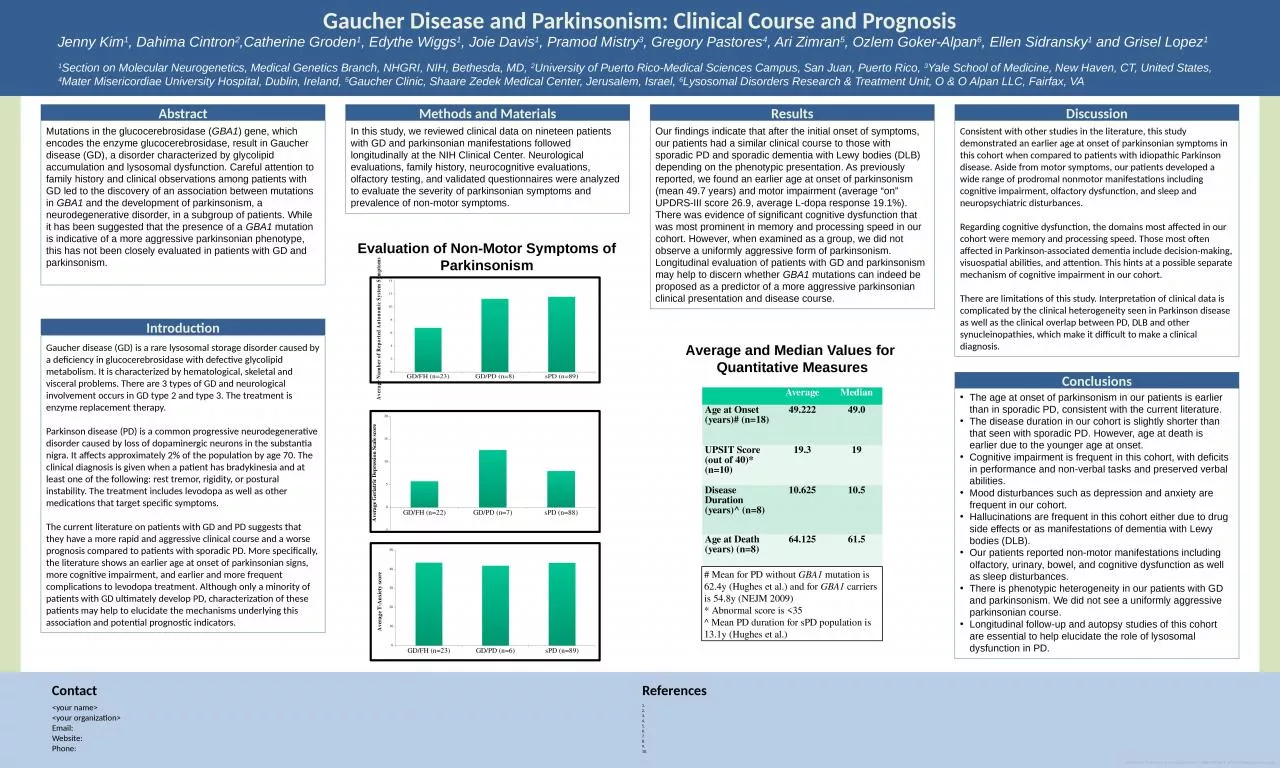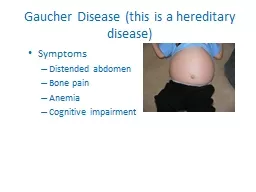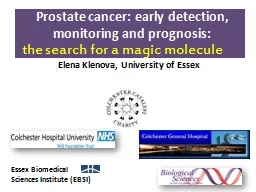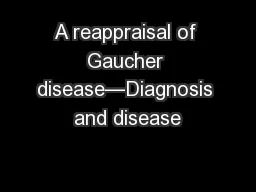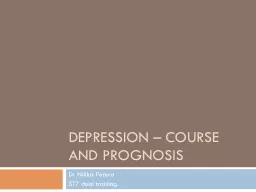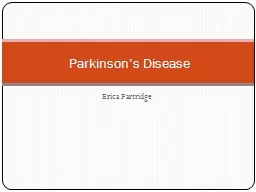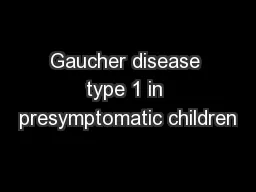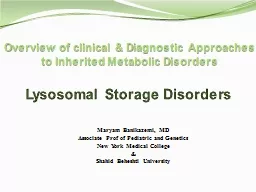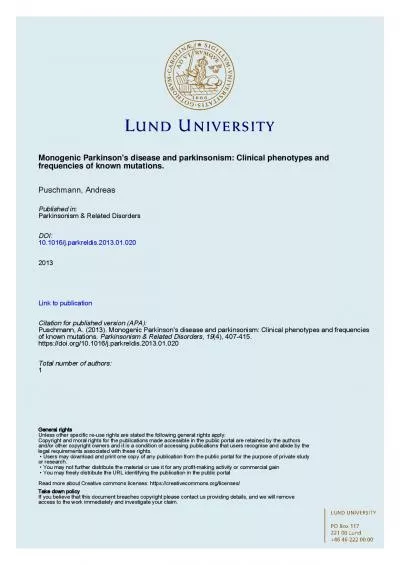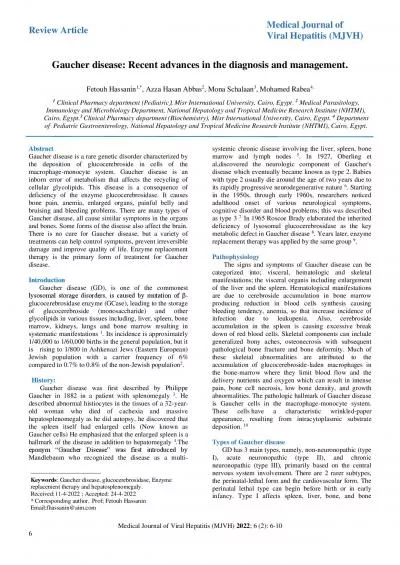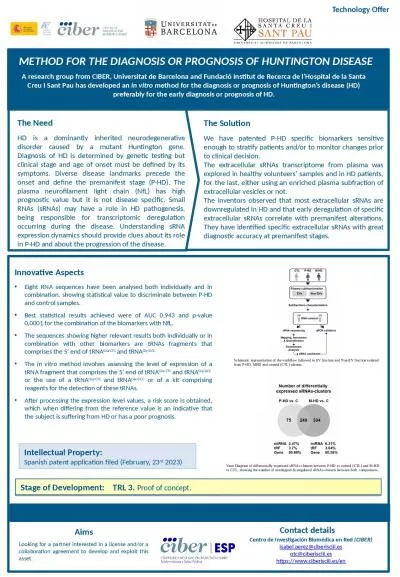PPT-Gaucher Disease and Parkinsonism: Clinical Course and Prognosis
Author : audrey | Published Date : 2024-03-13
Jenny Kim 1 Dahima Cintron 2 Catherine Groden 1 Edythe Wiggs 1 Joie Davis 1 Pramod Mistry 3 Gregory Pastores 4 Ari Zimran 5 Ozlem GokerAlpan 6 Ellen Sidransky
Presentation Embed Code
Download Presentation
Download Presentation The PPT/PDF document "Gaucher Disease and Parkinsonism: Clinic..." is the property of its rightful owner. Permission is granted to download and print the materials on this website for personal, non-commercial use only, and to display it on your personal computer provided you do not modify the materials and that you retain all copyright notices contained in the materials. By downloading content from our website, you accept the terms of this agreement.
Gaucher Disease and Parkinsonism: Clinical Course and Prognosis: Transcript
Download Rules Of Document
"Gaucher Disease and Parkinsonism: Clinical Course and Prognosis"The content belongs to its owner. You may download and print it for personal use, without modification, and keep all copyright notices. By downloading, you agree to these terms.
Related Documents

